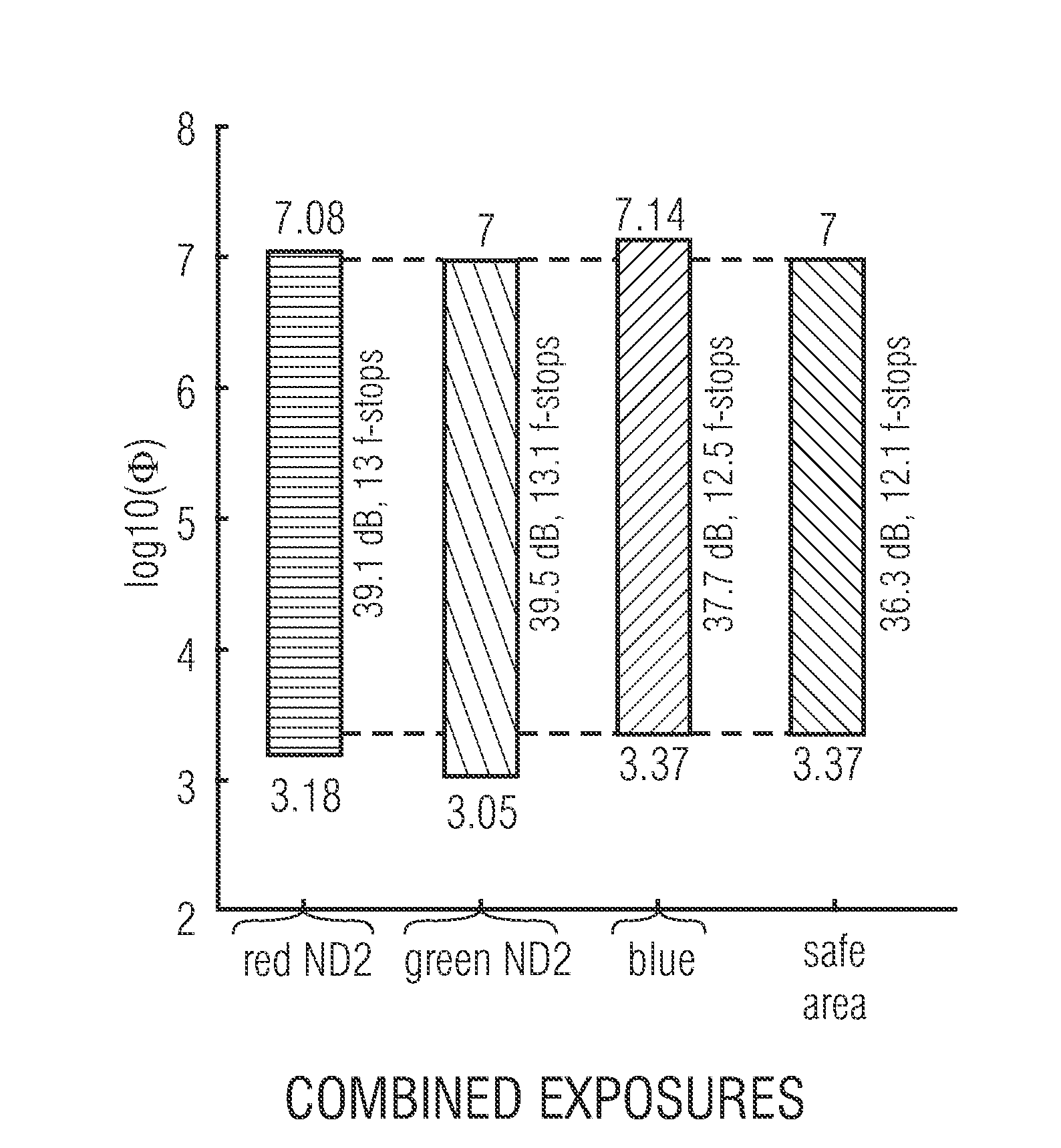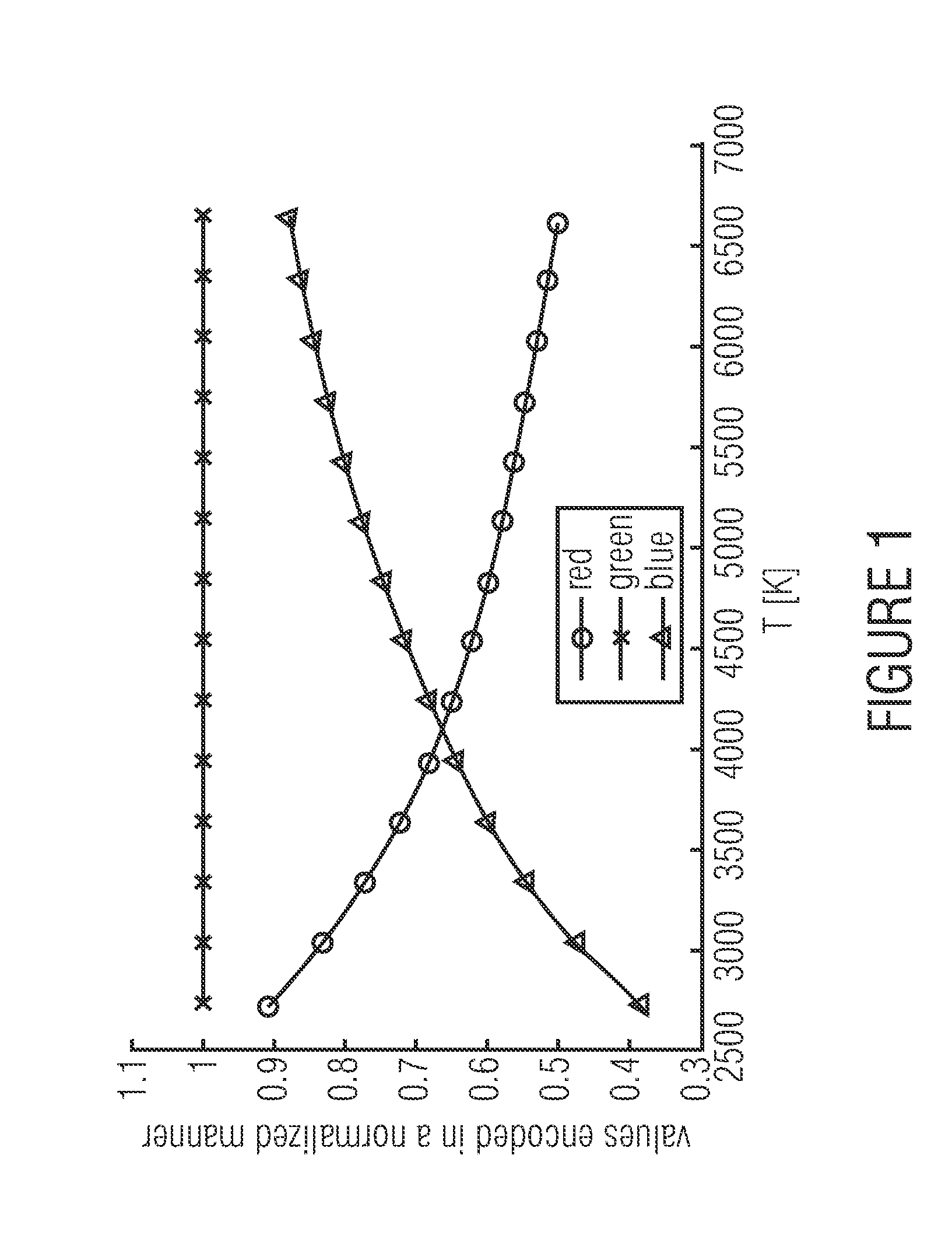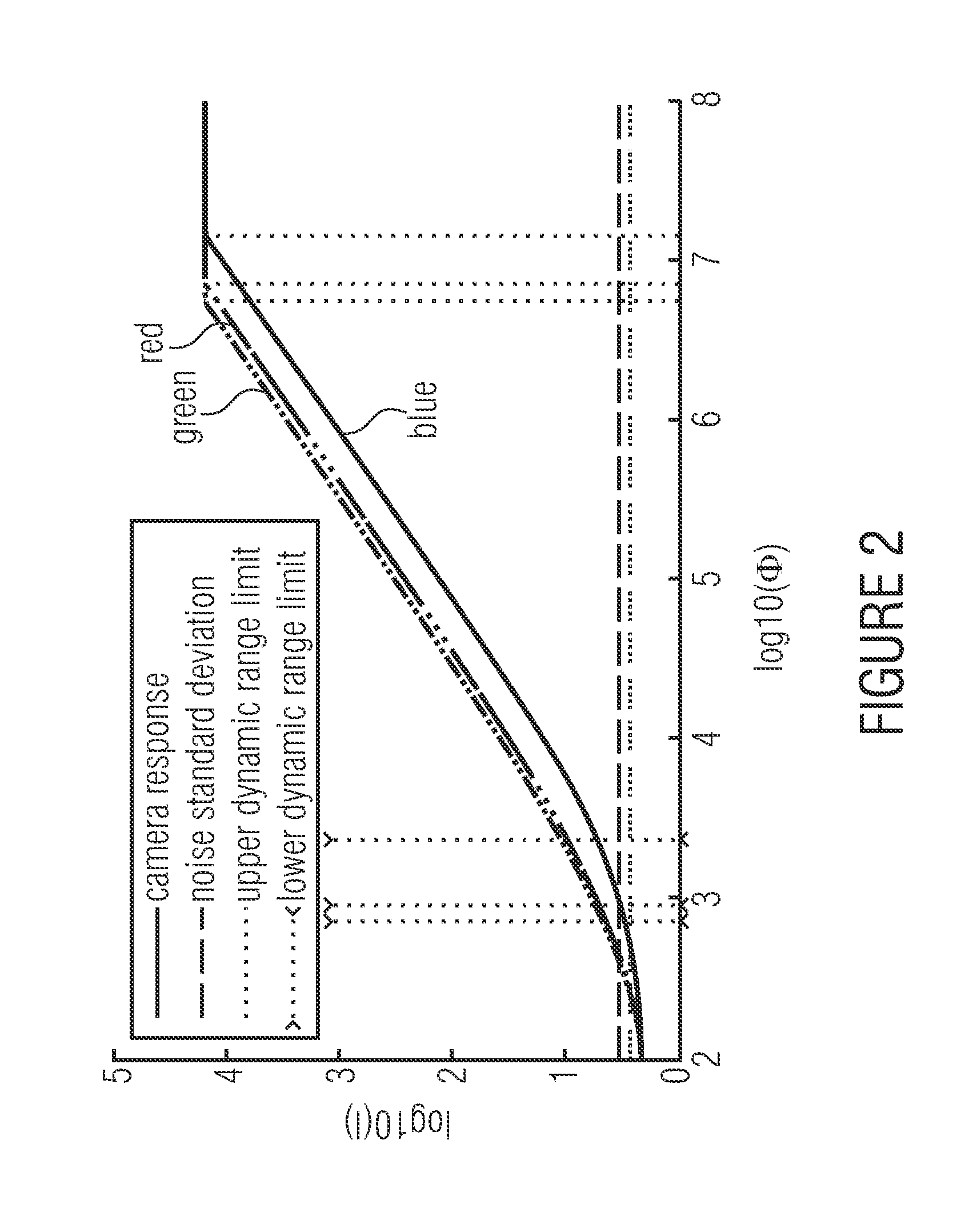Image sensor and method of capturing an image
- Summary
- Abstract
- Description
- Claims
- Application Information
AI Technical Summary
Benefits of technology
Problems solved by technology
Method used
Image
Examples
Embodiment Construction
[0038]Before several embodiments of the present application will be described below with reference to the figures, it shall be noted that identical elements which occur in several of said figures are provided with identical reference numerals and that repeated descriptions of said elements are avoided as much as possible, but that the descriptions of said elements with regard to one figure shall also apply to the other figures as long as no contradiction results from the specific descriptions of the respective figure.
[0039]In addition, it shall be noted that in the following, the description will initially relate to embodiments of the present application, according to which the exposure interval subdivision into accumulation (sub)intervals is performed, in a manner that is individual for each color, for different colors of an image sensor even though, as will be subsequently described, the present invention is not limited to this type of granularity of the exposure interval subdivis...
PUM
 Login to View More
Login to View More Abstract
Description
Claims
Application Information
 Login to View More
Login to View More - R&D
- Intellectual Property
- Life Sciences
- Materials
- Tech Scout
- Unparalleled Data Quality
- Higher Quality Content
- 60% Fewer Hallucinations
Browse by: Latest US Patents, China's latest patents, Technical Efficacy Thesaurus, Application Domain, Technology Topic, Popular Technical Reports.
© 2025 PatSnap. All rights reserved.Legal|Privacy policy|Modern Slavery Act Transparency Statement|Sitemap|About US| Contact US: help@patsnap.com



